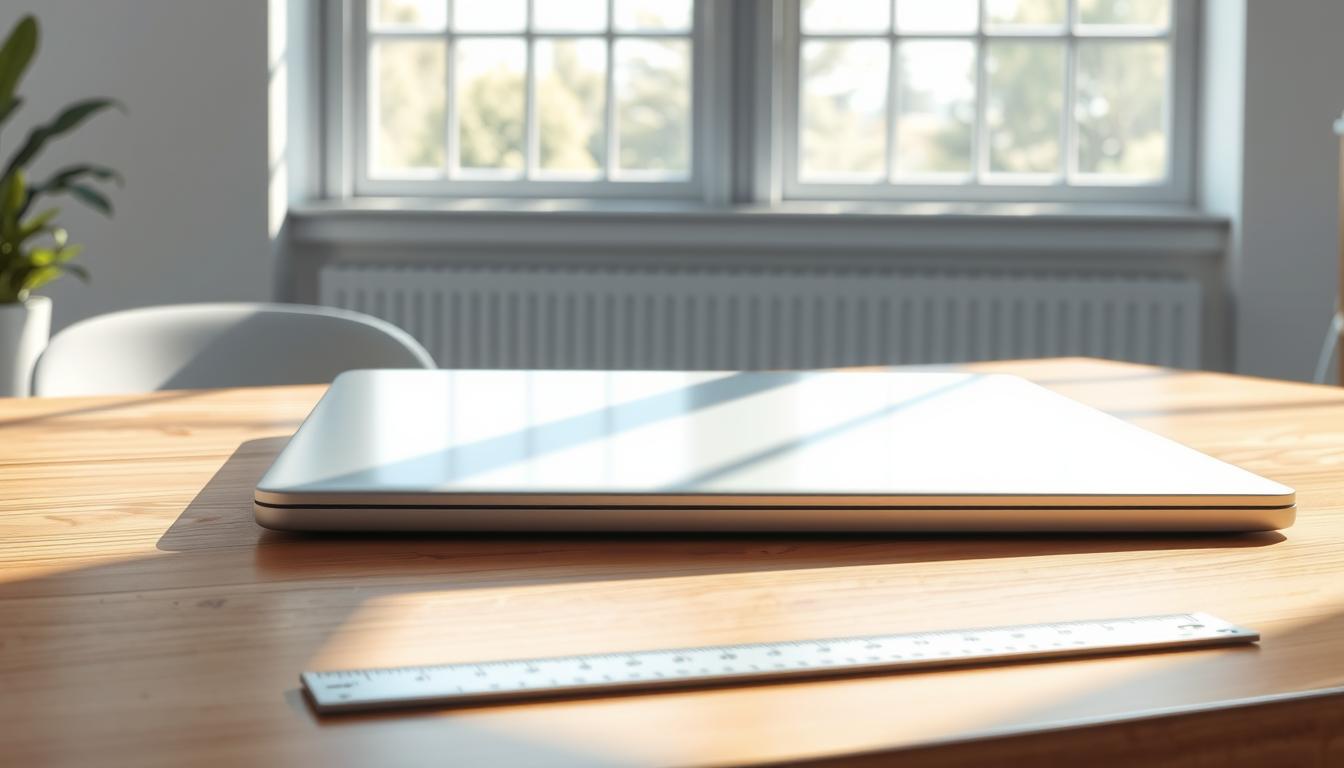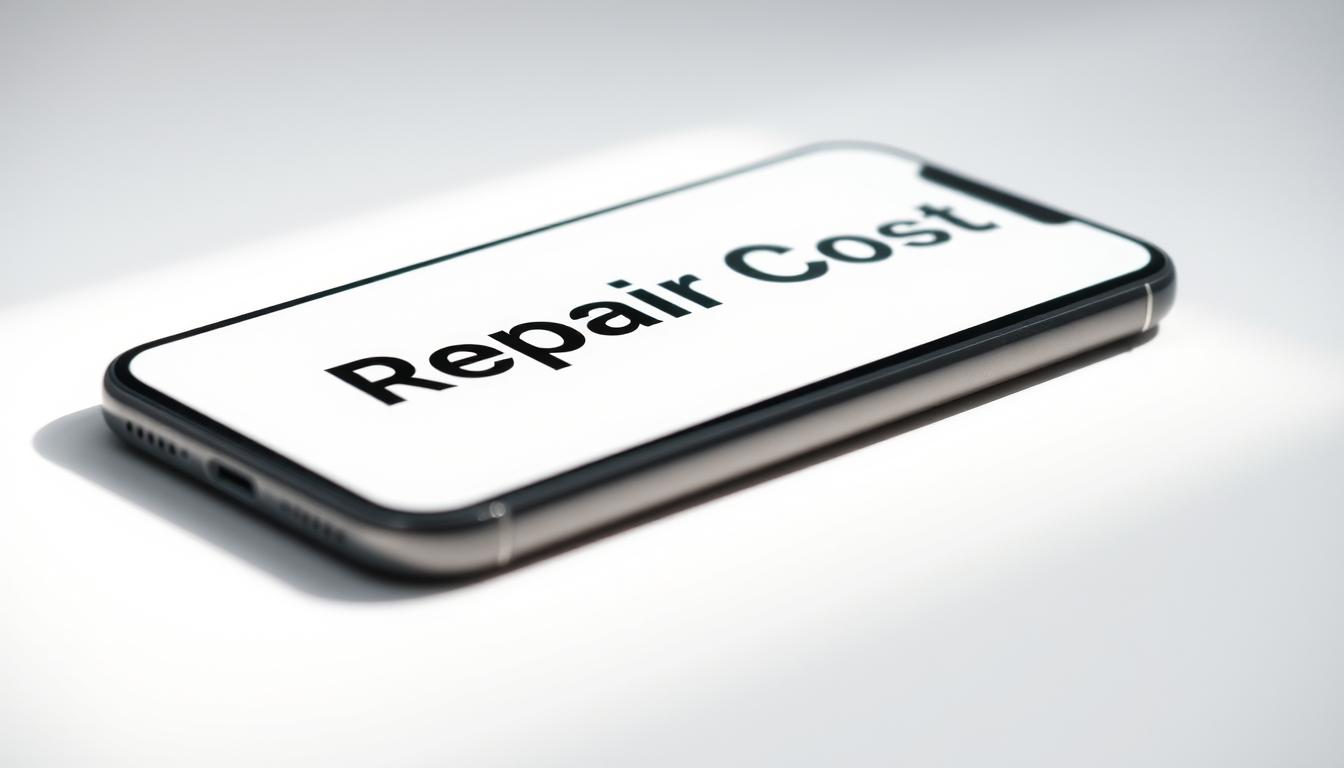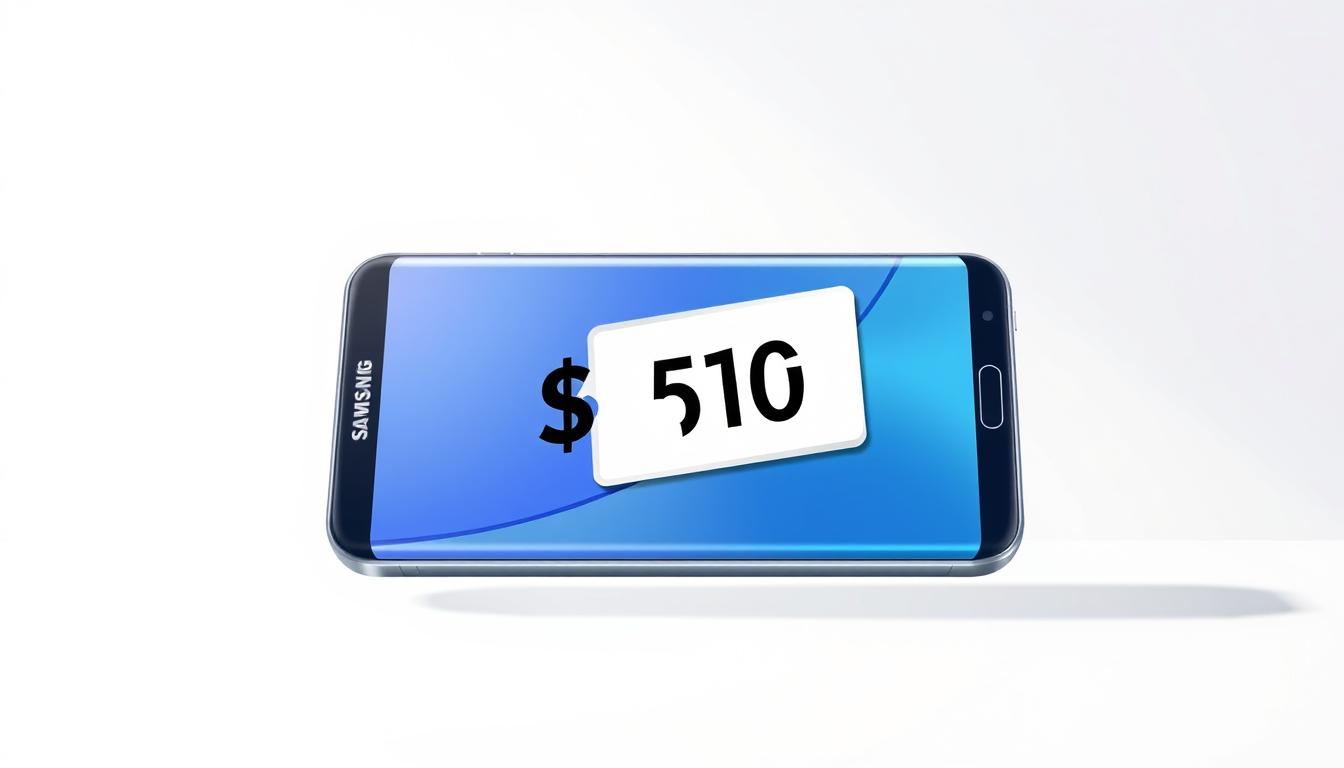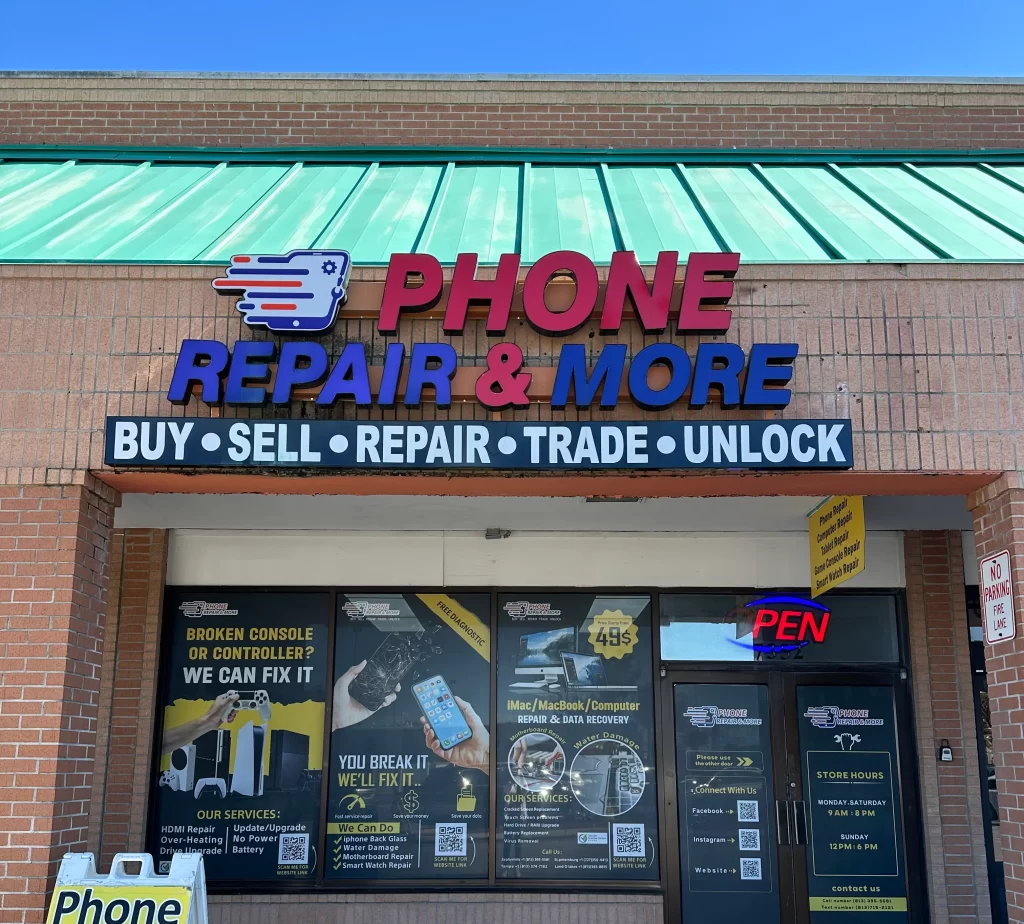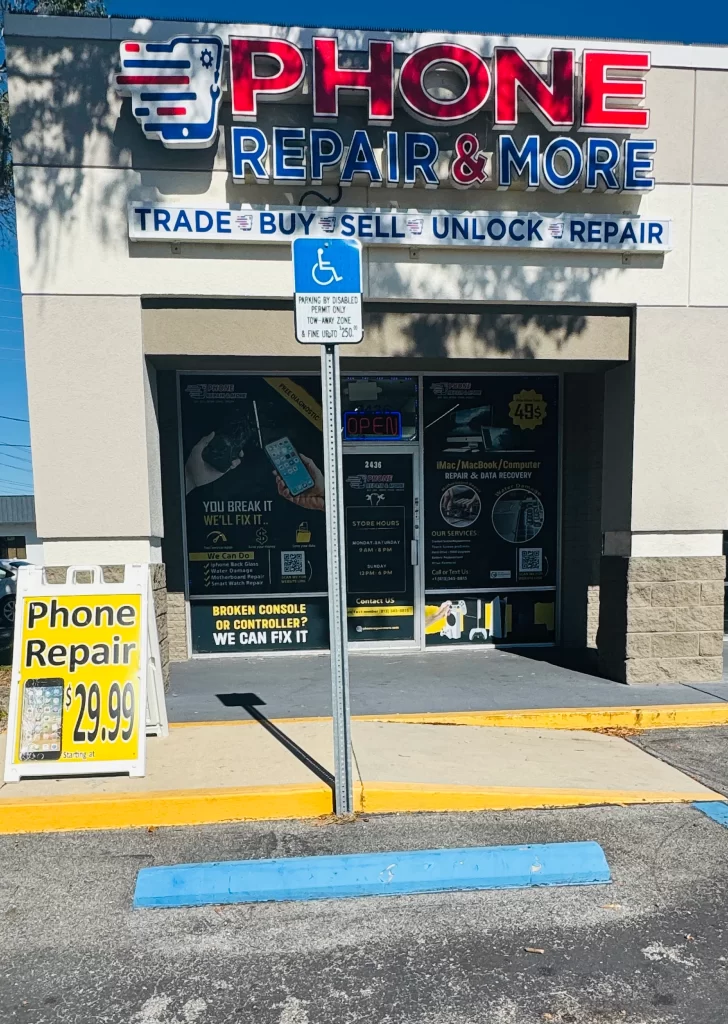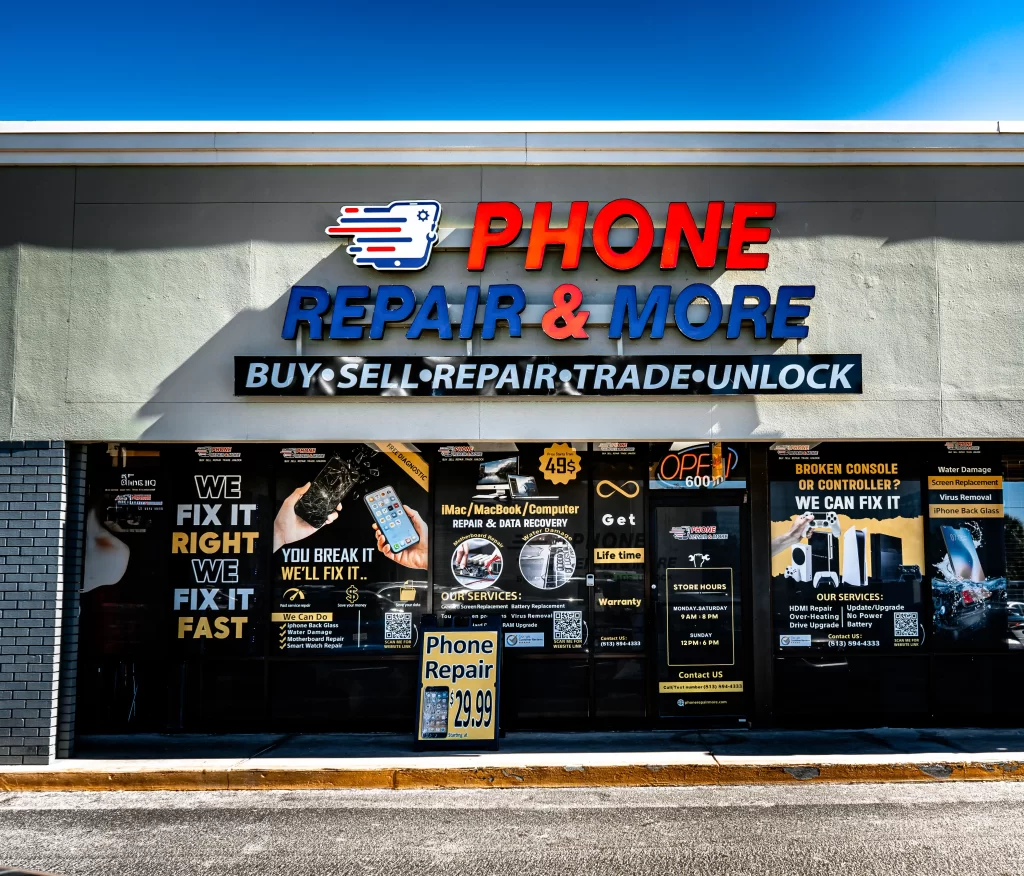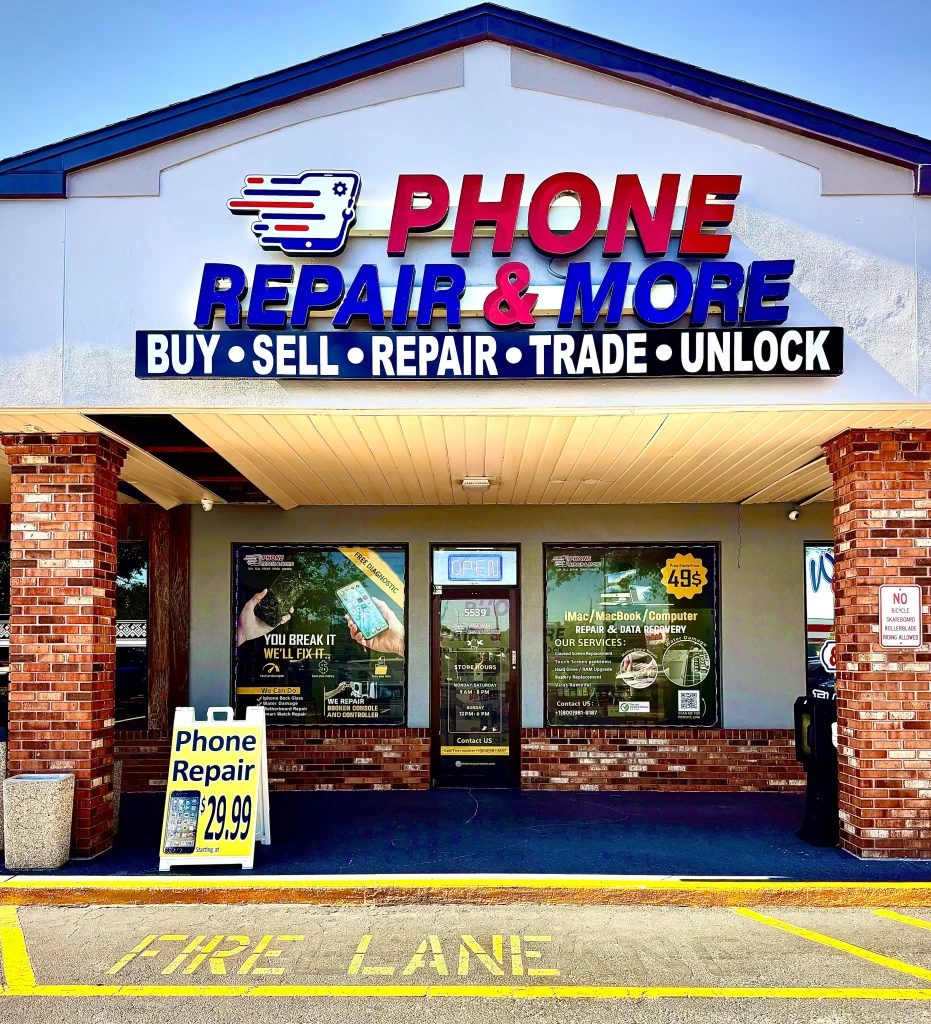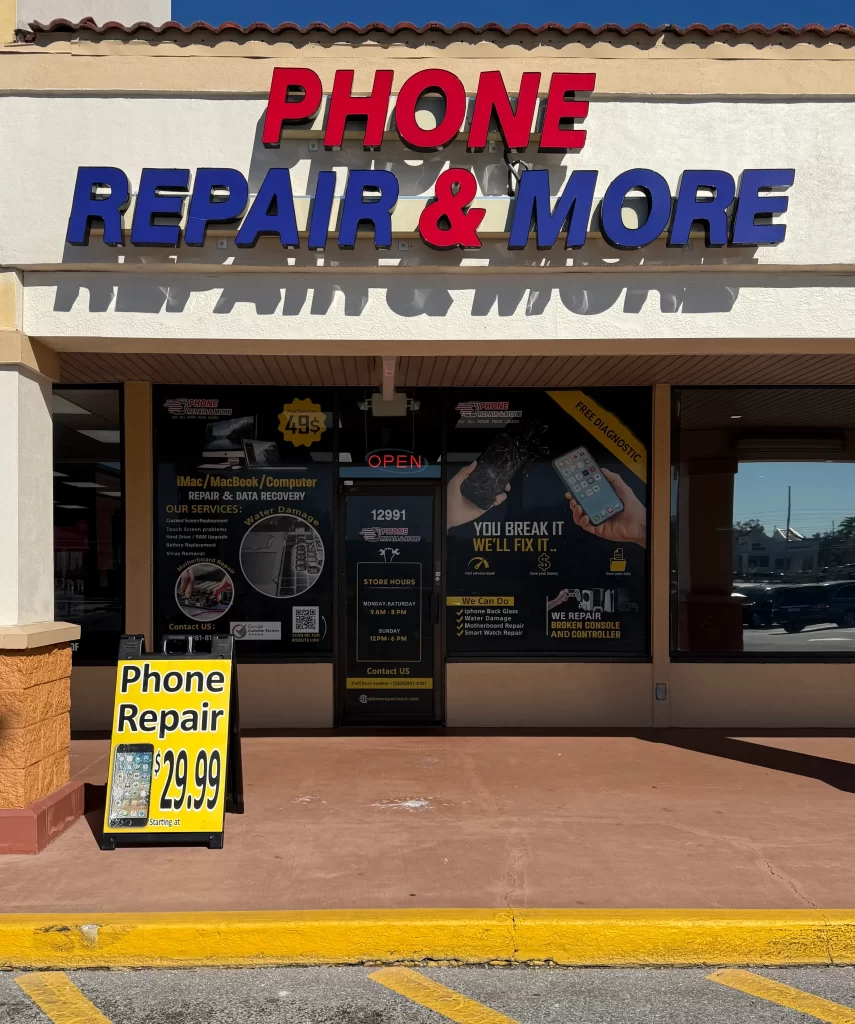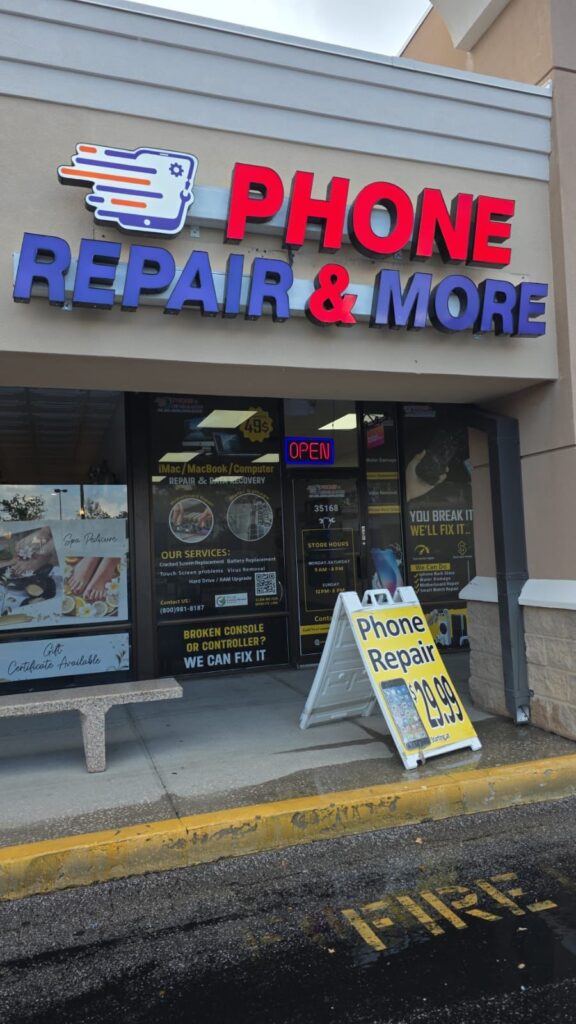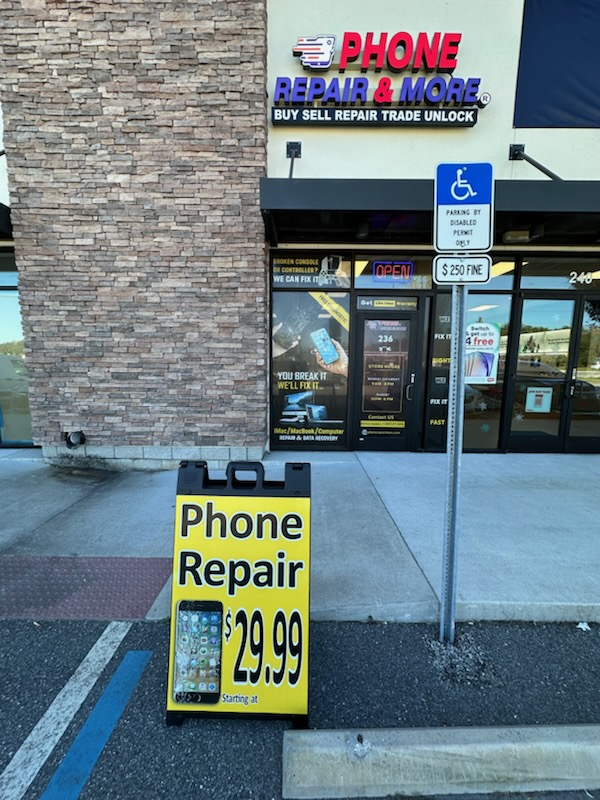Introduction
Laptop screens are among the most vulnerable parts of the device, prone to damage from accidental drops, pressure, or other mishaps. A cracked or malfunctioning screen can render a laptop nearly unusable, raising concerns about whether it can be replaced. The good news is that a damaged laptop screen can usually be replaced, restoring the device to full functionality. Explore the process, costs, and considerations involved in replacing a damaged laptop screen.Table Of Contents
- Types Of Screen Damage In Laptops
- Evaluating The Severity Of Screen Damage
- When To Seek Professional Laptop Repair
- Choosing The Best Replacement Option
- Understanding The Costs Of Screen Replacement
- Tips For Preventing Future Laptop Screen Damage
- Frequently Asked Questions (FAQs)
- Conclusion
Types Of Screen Damage In Laptops
Common Issues
Laptop screens can suffer from various types of damage, each affecting the device differently. Common issues include:- Cracked Screens: These are typically the result of physical impact or excessive pressure. Cracks can range from small, barely noticeable lines to extensive web-like patterns that obscure the display.
- Dead Pixels: These appear as small black or colored dots on the screen where the pixels have failed. While a few dead pixels may be tolerable, an increasing number can disrupt the viewing experience.
- Backlight Issues: A failing backlight can cause the screen to appear dim or unevenly lit, making it difficult to see the display.
- Display Flickering: This can result from loose connections, damaged cables, or hardware issues, leading to a frustrating and inconsistent visual experience.
Evaluating The Severity Of Screen Damage
Assessment Process
Determining whether a laptop screen needs replacement involves assessing the extent of the damage. Minor issues like a few dead pixels or slight flickering may not necessitate immediate action. However, severe cracks, widespread dead pixels, or significant backlight failure usually require replacing the screen to maintain usability.When To Seek Professional Laptop Repair
Professional Intervention
Replacing a laptop screen can be a complex task, especially for those unfamiliar with electronics. It's advisable to seek professional help if:- The Damage Is Severe: Extensive cracks, a completely dark screen, or widespread display issues often require professional intervention.
- You Lack Technical Skills: If you're not comfortable with opening up electronic devices, it's best to leave the repair to experts.
- Warranty Concerns: If your laptop is under warranty, professional repair services ensure compliance with warranty terms, often using genuine parts.
Choosing The Best Replacement Option
Replacement Methods
When it comes to replacing a damaged laptop screen, several options are available:- DIY Screen Replacement: For those comfortable with technology, replacing a laptop screen can be a DIY project. It involves sourcing a compatible replacement screen and following a step-by-step guide. However, this option carries risks, such as potential damage to other components or voiding any existing warranty.
- Manufacturer Services: If the laptop is still under warranty, the manufacturer may offer repair services, often using original parts. This option can be cost-effective, especially if the damage is covered under warranty terms.
Understanding The Costs Of Screen Replacement
Cost Factors
The cost of replacing a damaged laptop screen varies depending on factors such as the laptop model, screen size, and whether the repair is done professionally or DIY. Professional services generally cost more but provide quality assurance and warranties. DIY replacements can be cheaper but come with the risk of improper installation or additional damage.Tips For Preventing Future Laptop Screen Damage
Protective Measures
To avoid future screen damage, consider the following tips:- Use A Protective Case: A sturdy laptop case can shield your device from physical impacts and pressure.
- Handle With Care: Avoid placing heavy objects on your laptop or applying pressure to the screen.
- Regular Maintenance: Keep the screen clean and free from dust and debris that can scratch or damage the display.


